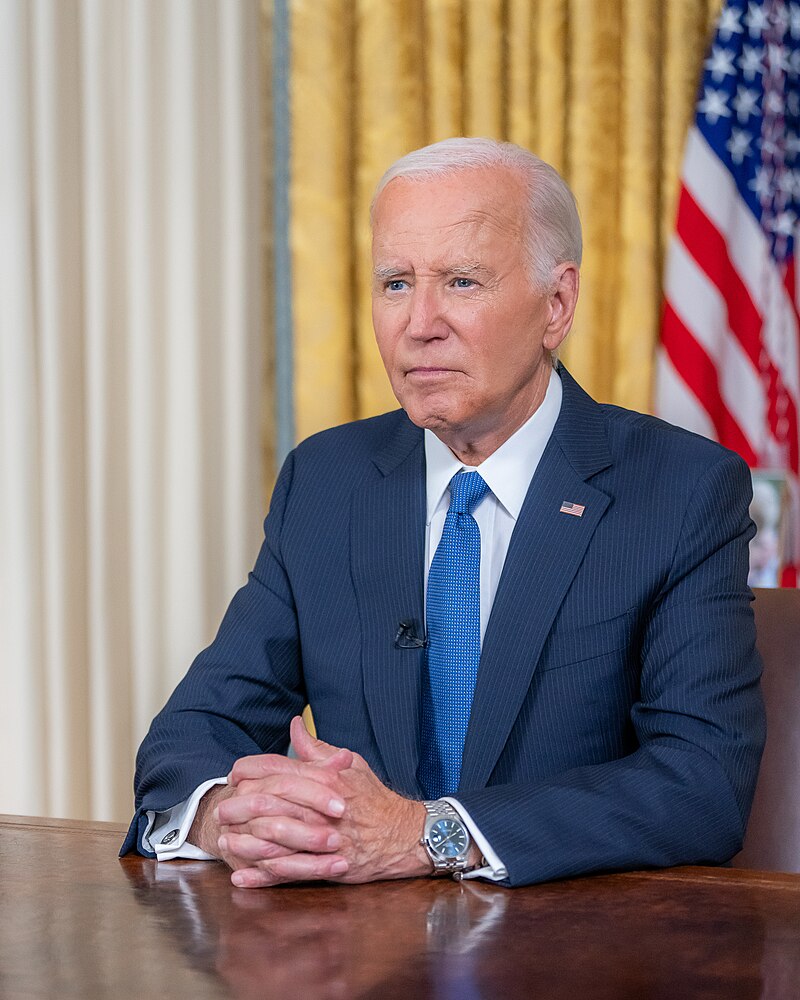
Disappointing U.S. Employment Growth in August
In August, U.S. employers added 142,000 jobs, a figure that fell short of expectations and only partially rebounded after previous months’ economic challenges. These hiring struggles, combined with other factors, have led to concerns about the possibility of a recession. The report revealed that the labor market’s slowdown was not just a short-term issue, as revisions for June and July also showed significant downward adjustments in job growth. This weaker-than-expected performance could prompt the Federal Reserve to take more drastic measures in the near future to bolster the economy.
Labor Market Revisions for June and July
Employment numbers for June and July were revised downward significantly, painting a bleaker picture of the summer labor market. Payroll gains for June were reduced from 179,000 to 118,000, and for July, from 114,000 to 89,000. These revisions indicate that the labor market is cooling more rapidly than previously anticipated. As a result, some economists are predicting that the Federal Reserve might consider a larger rate cut in its upcoming meeting to address these slower job gains and prevent a further slowdown in the economy.
Wage Growth and Inflation Concerns
Despite the disappointing job numbers, wages continued to grow at a moderate pace. Average hourly pay rose by 14 cents to $35.21, marking a yearly increase of 3.8%, up from 3.6%. Wage growth has generally slowed as pandemic-related worker shortages have eased. Economists note that for the Federal Reserve to hit its 2% inflation goal, wage growth would need to align closer to 3.5%. However, some believe that higher productivity gains in recent years could allow for slightly higher wage growth without triggering inflation, as companies may absorb the costs rather than pass them on to consumers.
Federal Reserve’s Potential Interest Rate Moves
The jobs report has fueled speculation about how the Federal Reserve might adjust interest rates in its upcoming meeting. While some experts argue that the current data supports a quarter-point rate cut, others believe that the downward revisions to job growth and the cooling labor market might warrant a more aggressive half-point cut. Although the August report doesn’t entirely confirm a significant labor market slowdown, it opens the door to future rate cuts if economic conditions continue to worsen.
Sector-Specific Job Gains and Losses
Certain industries saw notable job gains in August, with leisure and hospitality leading the way, adding 46,000 jobs. Construction followed with 34,000 new jobs, while health care added 31,000, and local government increased its workforce by 24,000. However, some sectors struggled, with manufacturing losing 24,000 jobs and retail shedding 11,000 positions. This uneven job growth across sectors suggests that the economic recovery remains fragmented, with some industries recovering more quickly than others.
Challenges and Uncertainty in the Labor Market
The labor market faces a range of challenges that may have influenced recent job growth figures. Factors like extreme weather, including hurricanes and heatwaves, as well as later-than-usual auto plant shutdowns, likely contributed to a reduction in hiring in July. These temporary obstacles may have understated July’s job gains and artificially boosted August’s numbers as conditions normalized. Additionally, seasonal adjustments for returning school employees and departing summer workers present difficulties in accurately measuring employment changes.
Signs of a Cooling Job Market
Overall, employment growth appears to be slowing as the economy adjusts to post-pandemic conditions and the Federal Reserve’s high interest rates. Job openings dropped to their lowest level since January 2021, signaling that businesses may be pulling back on hiring. This cooling trend could lead to average monthly job growth dropping to around 100,000 by early next year, according to some forecasts. While unemployment remains relatively low, the labor market’s slowdown raises concerns about whether the Fed’s efforts to control inflation are dampening broader economic activity.






